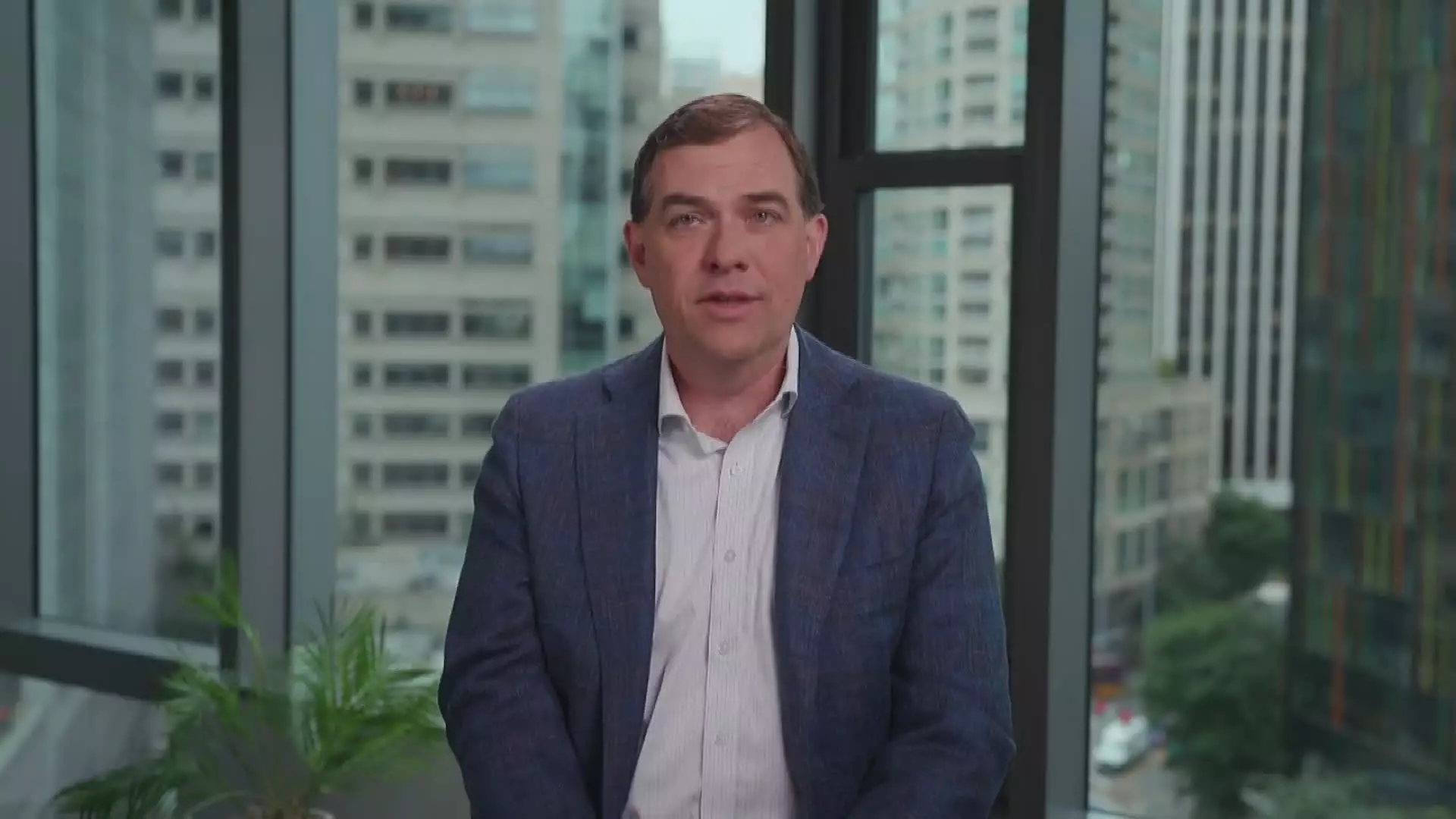In a move that has stirred up considerable debate, Amazon has officially mandated a five-day in-office work week for its employees. This policy, articulated by Amazon Web Services (AWS) CEO Matt Garman, places a spotlight on the tech giant’s prioritization of collaborative working environments over remote flexibility. As companies across the globe gradually transition back to normalcy post-pandemic, Amazon’s decision raises several important questions about organizational culture, employee well-being, and the future of remote work.
During an all-hands meeting, Garman addressed the new policy candidly, making it clear that employees uncomfortable with the stipulation are welcome to seek alternative employment. His comments reflect a firm stance: “At Amazon, we want to be in an environment where we are working together.” This statement underscores a commitment to fostering collaboration as an essential element of innovation and cultural identity within Amazon. The mandate shifts from a previous policy that allowed flexibility, requiring employees to be in the office at least three days a week. Employees now face a January deadline to comply with this full-time in-office requirement.
Despite the leadership’s confident assertions, the new in-office requirement has sparked criticism among employees. Many workers argue that they have been equally productive in hybrid or remote setups. Critics point to the added stress this policy places on families and caregivers, which is particularly significant in today’s fast-evolving workplace landscape. An internal Slack channel advocating for remote work has seen substantial participation, crystalizing a shared discontent among approximately 37,000 employees. This raises the larger question: Is collaboration necessarily enhanced by physical proximity?
In response to these concerns, Garman emphasized that he has engaged in conversations with team members. He suggested that, in his experience, nine out of ten employees were supportive of the shift back to in-office work. However, the statistics on employee sentiment may be skewed if the feedback primarily comes from those who inherently are inclined toward office work or from retail and operational teams, which comprise a different demographic compared to corporate employees. While he acknowledged that exceptions enabling remote work might be made in specific cases, the focus remains predominantly on maintaining an office-centric culture.
One of Garman’s key arguments revolves around Amazon’s leadership principles, encapsulated by guidelines like “disagree and commit.” He articulated that such open dialogues and critical discussions could suffer in a fully remote setting, particularly in instances including video conferencing, which can stifle candid and effective communication. This highlights a vital tension within the company: fostering innovation requires a space conducive to robust discussions, and Amazon believes such an environment is best achieved face-to-face.
Additionally, the mandate seems to align strategically with the company’s competitive landscape in technology. Rivals like Microsoft and Google are making strides in developing generative artificial intelligence, motivating Amazon to solidify its workforce’s collaborative capabilities. This shift aligns with Garman’s new role following his predecessor’s departure, placing a significant sense of urgency on maintaining a strong, innovative culture amidst a competitive tech climate.
Amazon’s five-day in-office policy is a bold attempt to redefine its workplace culture, instilling a vision of collaborative innovation. While the company aims to enhance its operational efficacy, the backlash suggests that a significant portion of employees values the flexibility and productivity afforded by remote work arrangements. As organizations navigate the intricate dynamics of post-pandemic workplaces, the challenge remains: how to balance the cultivation of a strong cultural identity with the diverse needs of the modern workforce. Ultimately, the success of this policy will hinge on Amazon’s ability to cohesively integrate employee feedback while pursuing its ambitious strategic objectives in a fast-paced tech environment.


Leave a Reply